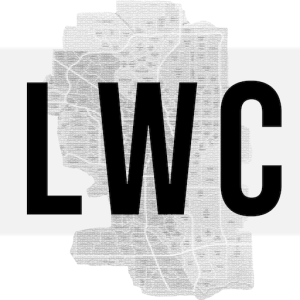The new validation machines won’t be able to help much for ridership numbers, as you only need to validate single use tickets or day passes. Monthly passes only need to be validated once to be active, then pass users can board the train without validating (since they’re validated for the month).
Most new or refurbished LRVs have automatic passenger counters at each door, but there are still a number of older vehicles without that technology. Transit has used “Data Collectors”that would be responsible for monitoring loads for the ‘count’. Once all vehicles have automatic counters, I assume these Data Collectors wouldn’t be needed.
It’s probably more accurate to refer to them as boardings rather than ridership.
Hopefully that helps with at least a piece of your question.






